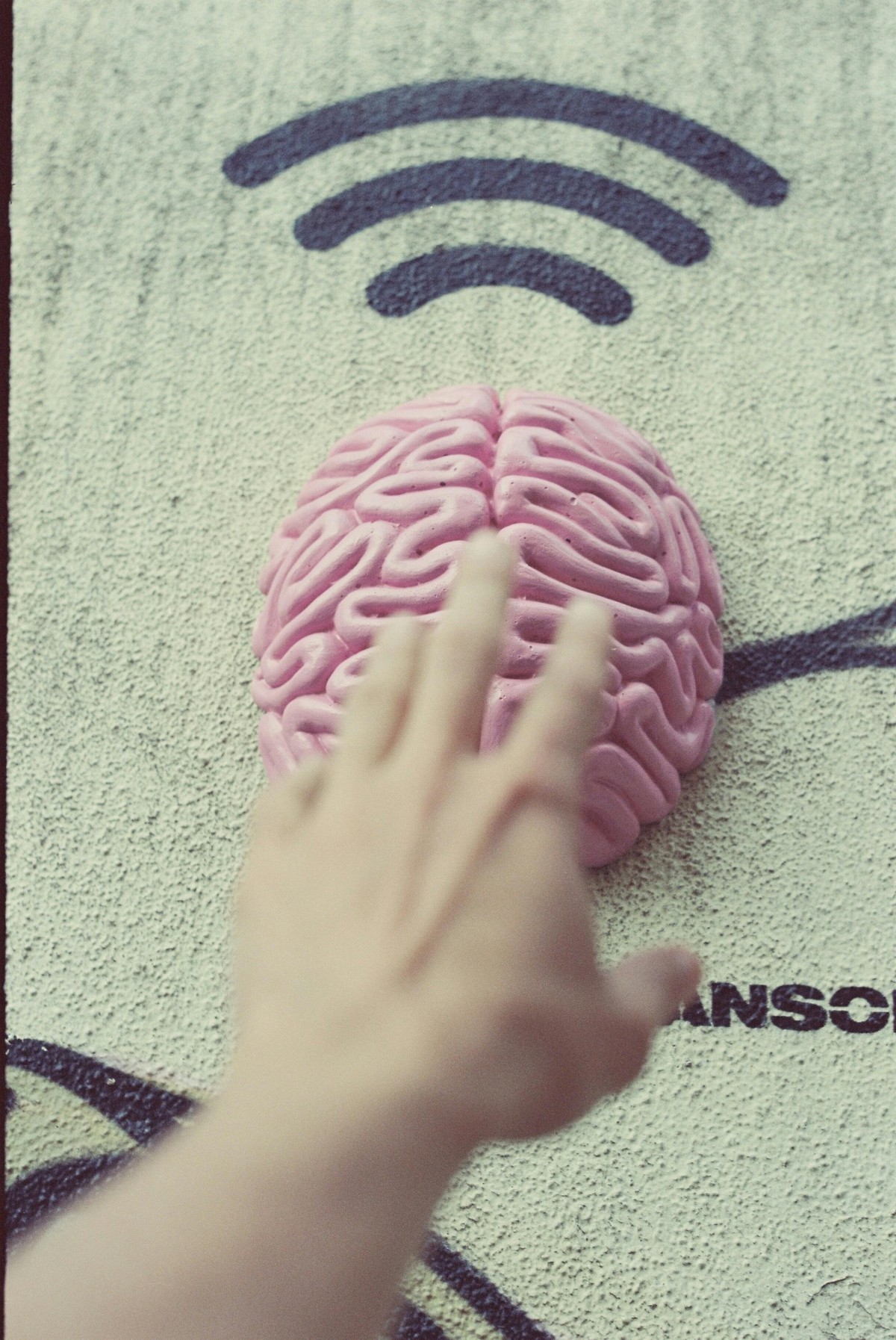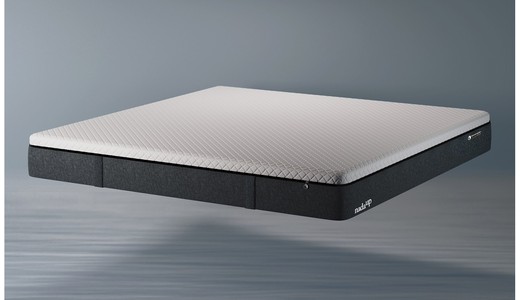Sleeping with the Enemy: The Hidden Harm of WiFi at Night

In an age where we are connected more than ever, the devices that bring us closer may be silently distancing us from one vital pillar of health—deep, restorative sleep. Nearly every household today is equipped with a WiFi router, beaming invisible frequencies day and night. While most people know it's unwise to sleep with a phone under their pillow, few consider the continuous exposure to the WiFi signals permeating their home. What if, just like shutting off the lights, turning off the router at night was necessary for your body to truly rest?
The Invisible Interference: What Is WiFi Doing to Your Body?
WiFi routers emit radiofrequency electromagnetic fields (RF-EMFs), typically in the 2.4GHz and 5GHz bands. These frequencies are non-ionizing but biologically active. The human body, being an electrochemical system, is sensitive to electromagnetic influences.
The heart, brain, and cellular systems can be subtly influenced by continuous low-intensity electromagnetic radiation.
Disrupting the Sleep-Wake Cycle
One of the primary ways WiFi affects our health is by disturbing melatonin production—a hormone crucial for initiating sleep.
A study by Burch et al. (2002) showed that exposure to RF-EMF reduced melatonin levels in electric utility workers, potentially altering circadian rhythms and increasing fatigue and mood disturbances.
"Melatonin, which is essential for healthy sleep and immune regulation, appears to be significantly affected by even low levels of electromagnetic fields."
— Burch, J.B., Reif, J.S., & Yost, M.G. (2002)
Cellular Stress and Brain Activity
Scientific evidence suggests that WiFi exposure can trigger oxidative stress and cellular changes in the brain.
In a randomized controlled study, participants exposed to RF-EMF showed changes in EEG patterns associated with sleep fragmentation and reduced deep sleep stages (Lowden et al., 2011).
"Electromagnetic field exposure may impair EEG oscillations during sleep and increase arousals, especially in the alpha range."
— Lowden, A., et al. (2011)
Hormonal and Cardiovascular Effects
Exposure to WiFi has also been linked with increased cortisol levels, the body’s primary stress hormone. Elevated cortisol at night can prevent deep sleep and reduce the body’s capacity for repair and detoxification.
Moreover, some individuals report heart palpitations, headaches, and reduced heart rate variability (HRV)—a biomarker for autonomic nervous system imbalance.
Example: The Sleepless Professional
Imagine a 35-year-old software developer who spends long hours in front of a screen and sleeps with his phone beside him, syncing health data through WiFi.
He complains of waking up tired, a racing heart at midnight, and unexplained anxiety. After multiple checkups, nothing appears clinically wrong.
However, when he switches off his WiFi router at night and uses airplane mode on his phone, he experiences a marked improvement in his sleep within just a few days.
This example reflects a growing number of anecdotal and research-supported cases.
How Exactly Does WiFi Affect the Body?
-
Brain (Pineal Gland Suppression)
RF-EMFs may suppress pineal gland function, directly impairing melatonin secretion. -
Heart (Autonomic Nervous System Imbalance)
Studies have recorded altered heart rate variability in people exposed to WiFi, suggesting a disruption in parasympathetic (rest-digest) activity (Mohler et al., 2010). -
Skin and Cells (Oxidative Stress)
EMFs can promote the release of free radicals, leading to inflammation and premature aging at the cellular level (Yakymenko et al., 2015).
"Chronic EMF exposure may induce a significant oxidative effect in the cells of various tissues, including the brain, liver, and skin."
— Yakymenko, I., et al. (2015)
Sleep Is a Healing Ritual, Not Just Rest
NadaUp’s philosophy believes in sleep as a sacred recovery system—not just for the body, but also for the nervous and endocrine systems.
When the body is surrounded by clean air, natural silence, and electro-environmental calm, it heals faster and functions better.
Our advanced orthopedic medical mattresses ensure ergonomic spine support and pressure relief, helping users fall asleep faster and experience deeper sleep cycles.
What You Can Do to Protect Your Sleep
-
Switch Off WiFi at Night – Use a timer plug or manually shut off the router before bed.
-
Use Airplane Mode – Activate airplane mode on your smartphone before sleep.
-
EMF-Free Sleeping Zone – Keep devices at least 1 meter away from your bed.
-
Shielded Devices or Router Guards – Reduce radiation without cutting off access.
-
Invest in Sleep-Supportive Products – Use clinically tested, ergonomic mattresses for restorative sleep.
Related Books You May Explore
-
The Invisible Rainbow: A History of Electricity and Life by Arthur Firstenberg
-
Zapped: Why Your Cell Phone Shouldn't Be Your Alarm Clock by Ann Louise Gittleman
Conclusion: Unplug to Reconnect
Technology brings convenience, but also invisible consequences. While we rush to charge our phones overnight, we often forget to recharge ourselves.
Disconnecting from WiFi during sleep isn’t just about reducing EMF exposure—it’s about reclaiming natural rhythms, restoring hormonal harmony, and waking up refreshed.
The real connection begins when the signals are turned off.
References (APA Style)
-
Burch, J. B., Reif, J. S., & Yost, M. G. (2002). Melatonin, sleep, and shift work adaptation. Journal of Occupational and Environmental Medicine, 44(2), 102–111.
-
Lowden, A., et al. (2011). Sleep after mobile phone exposure in subjects with mobile phone-related symptoms. Bioelectromagnetics, 32(1), 4–14.
-
Yakymenko, I., et al. (2015). Oxidative mechanisms of biological activity of low-intensity radiofrequency radiation. Electromagnetic Biology and Medicine, 34(3), 199–210.
-
Mohler, E., et al. (2010). Effects of everyday radiofrequency electromagnetic-field exposure on sleep quality: a cross-sectional study. Radiation and Environmental Biophysics, 49(4), 573–580.









